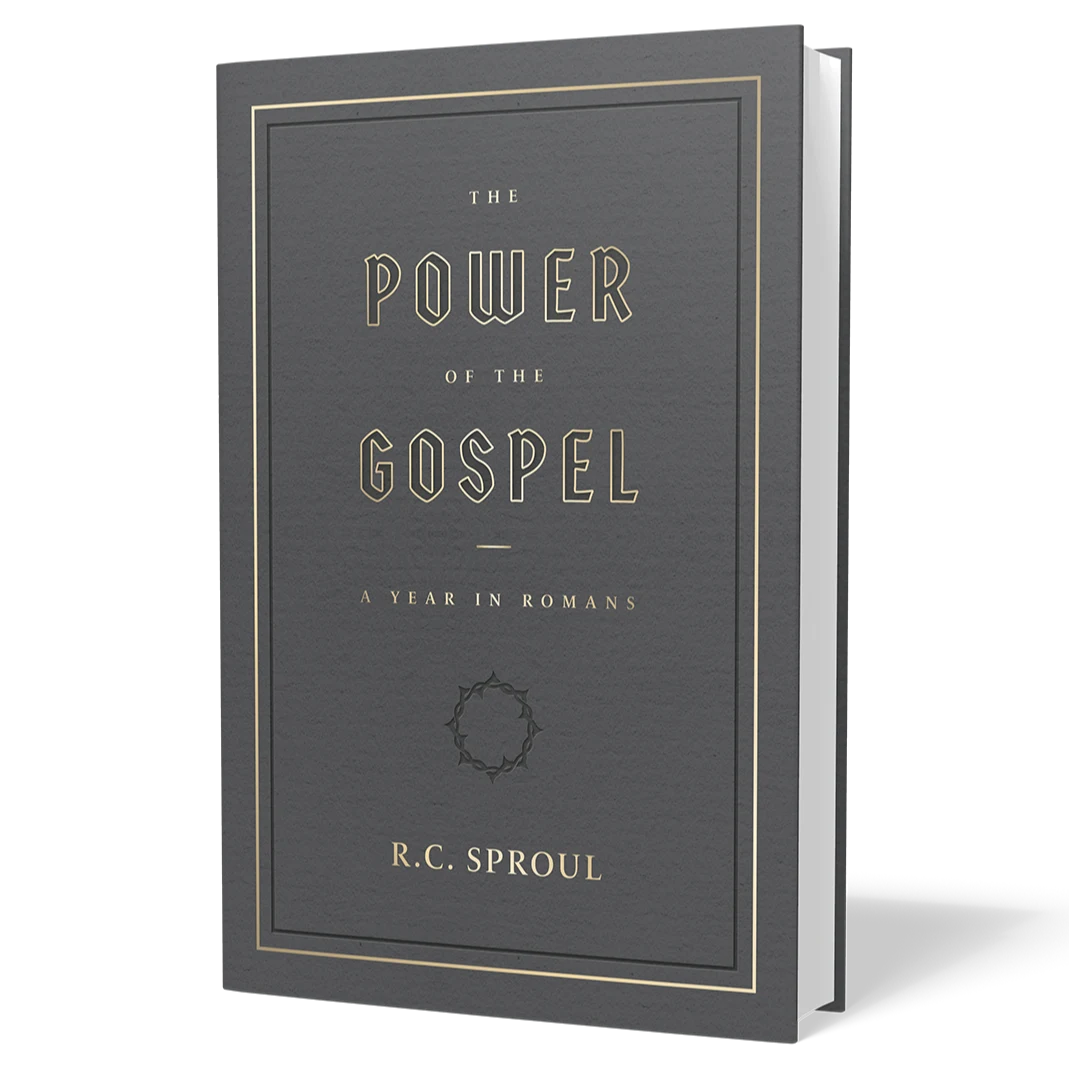What Is Covenant Theology?

In its opening verse, the Bible displays the necessity of covenant theology: “In the beginning, God created the heavens and the earth” (Gen. 1:1). All of reality can be divided into two groups—the God who created everything outside of Himself, and the “everything else” that He created. How can mankind ever hope to be near to a God who is so far above him? The Westminster Confession of Faith has an answer. According to WCF 7.1, the relationship by which God condescends to be the blessedness of His creatures, specifically the blessedness of His people, is covenant. Covenant theology, then, is the effort to understand God and His relationship with His people through the lens of His covenant dealings with them. Through that covenantal lens, Christians can know more clearly who our transcendent God is and what it means to be His people.
Reading forward from Genesis 1:1, the first covenant addressed in Scripture is the covenant of works with Adam (Gen. 1:26–2:25). In this covenant, there was a clear lesson: to be in God’s presence, one must be righteous. He must be upright and holy in all his ways. Adam, of course, failed to keep his covenant obligations and fell into sin, taking all his posterity with him (Rom. 5:12–14).
With Adam’s rebellion still fresh, God intimated that His image bearers still had hope, announcing in seed form what is known as the “covenant of grace.” In Genesis 3:15, God declared that He would turn the hearts of His people so that they would be at enmity with the serpent rather than at enmity with Him. He would preserve them and promised to one day send the One who would destroy the evil one (“bruise” his “head”) even though He Himself would suffer in that victory (“bruise” his “heel”).
As becomes clearer later in Scripture, God was hinting at what covenant theology calls the “counsel of peace,” or the “covenant of redemption.” The counsel of peace is an eternal covenant amongst the persons of the Trinity in which the Father covenants to give the elect to the Son, the Son covenants to win the redemption of the elect as their Mediator, and the Spirit covenants to apply to the elect the redemption that the Son has won for them (see Isa. 53:10–12; Phil. 2:5–11; Luke 22:29; Eph. 3:8–12). It is through this great intra-Trinitarian covenant that God the Son ultimately would destroy the works of the serpent (1 John 3:8).
In history, the purposes of this eternal covenant of redemption were achieved. God brought to Himself a people who were His through a succession of historical covenants, each of which further revealed the covenant of grace that was first announced in Genesis 3:15. First, in His covenant with Noah, God showed that His promise in Genesis 3:15 certainly would come to pass. Its seeming delay came only because God was waiting to gather in all His people and make them His own (see Gen. 6:5–9:17; 2 Peter 3:5–10).
Covenant theology helps us understand how an infinite, transcendent God can make a finite, sinful people His own.
In His subsequent covenant with Abraham (Gen. 12:1–3; 15; 17), God promised that He would give His people a seed, which ultimately spoke of Christ (Gal. 3:16). He would give His people a land, which ultimately spoke of the new heavens and the new earth (Heb. 11:8–10). And He would make Abraham’s seed to be a blessing to all the nations, which spoke of the worldwide reach of God’s covenant purposes (Gal. 3:8–9). In these promises, the blessings of the covenant were held out in silhouette form. Furthermore, God revealed that His elect would be made His through faith (Gen. 15:6). Because of God’s dealings with Abraham, His people knew something of how they would be made God’s people and the blessings that that status entailed.
After His covenant with Abraham, God initiated the Mosaic covenant, in which God disclosed two critical things. First, in the law, He described for His people what a righteous life looked like. As His graciously redeemed people, living a life according to this law would display God’s glory in all the earth (Ex. 19:5–6). Second, through the sacrificial system, God showed His people that their sin could be washed away by sacrificial blood and He Himself would provide a means for that washing to occur (Heb. 10:4–10).
In His covenant with David, God’s people were taught that there would be One—a Davidic King—who would rule over them and whose obedience or disobedience would determine their standing with God Himself (2 Sam. 7:4–27).
Finally, in the new covenant (Jer. 31:31–34; 32:36–44), God showed His people that the One to whom they looked was Jesus—the Davidic King who would rule over all of God’s people in perfect righteousness in the land that God was giving to them (Ezek. 37:24–28). God’s people (as promised to Abraham), drawn from all the earth (as promised to Abraham) would dwell in a heavenly home (as promised to Abraham).
In all these ways, covenant theology helps us understand how an infinite, transcendent God can make a finite, sinful people His own. In His eternal will (the counsel of peace), God purposed that His people would manifest a righteousness worthy of His presence (as seen in the covenant of works), because as He brings to fruition His redemptive promises (announced in the covenant of grace), through His patient long-suffering (as shown with Noah), God will bring His people to faith (as shown with Abraham), enabling them to live upright lives (as shown with Moses), even as they look to their great Mediator (as shown with David) to bring them to their eternal home (as shown with the new covenant). Through covenant, God has made His people His own (Deut. 29:12–13).


